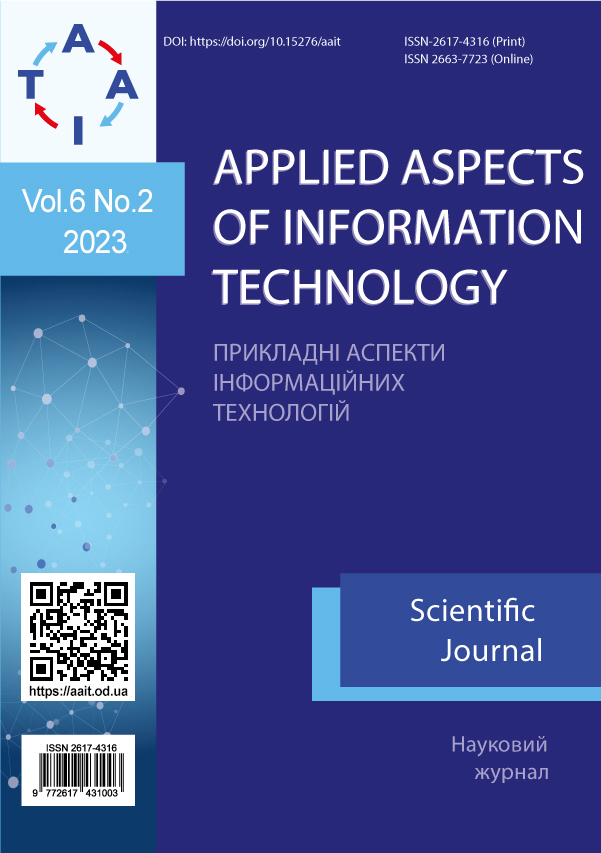A survey on deep learning based face detection
DOI:
https://doi.org/10.15276/aait.06.2023.15Keywords:
Face detection, one-stage detector, two-stage detector, deep learning, single shot detector, multi-task cascaded convolutional neural networks, RetinaNet, YuNetAbstract
The article has focused on surveying face detection models based on deep learning, specifically examining different one-stage models in order to determine how to choose the appropriate face detection model as well as propose a direction to enhance our face detection model to match the actual requirements of computer vision application systems related to the face. The face detection models that were conducted survey include single shot detector, multi-task cascaded convolution neural networks, RetinaNet, YuNet on the Wider Face dataset. Tasks during the survey are structural investigation of chosen models, conducting experimental surveys to evaluate the accuracy and performance of these models. To evaluate and provide criteria for choosing face detection suitable for the requirements, two indicators are used, average precision to evaluate accuracy and frames-per-second to evaluate performance. Experiential results were analyzed and used for making conclusions and suggestions for future work. For our real-time applications on face-related camera systems, such as driver monitoring system, supermarket security system (shoplifting warning, disorderly warning), attendance system, often require fast processing, but still ensures accuracy. The models currently applied in our system such as Yolos, Single Shot Detector, MobileNetv1 guarantee real-time processing, but most of these models have difficulty in detecting small faces in the frame and cases containing contexts, which are easily mistaken for a human face. Meanwhile, the RetinaNet_ResNet50 model brings the highest accuracy, especially to ensure the detection of small faces in the frame, but the processing time is larger. Therefore, through this survey, we propose an enhancement direction of the face detection model based on the RetinaNet structure with the goal of ensuring accuracy and reducing processing time










